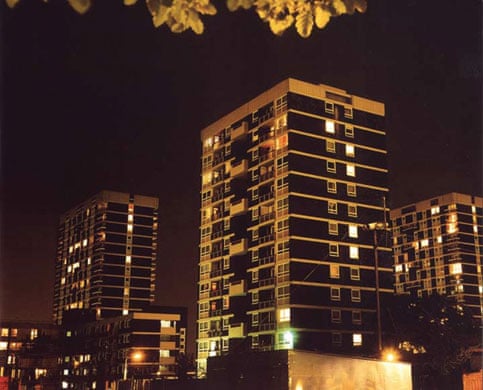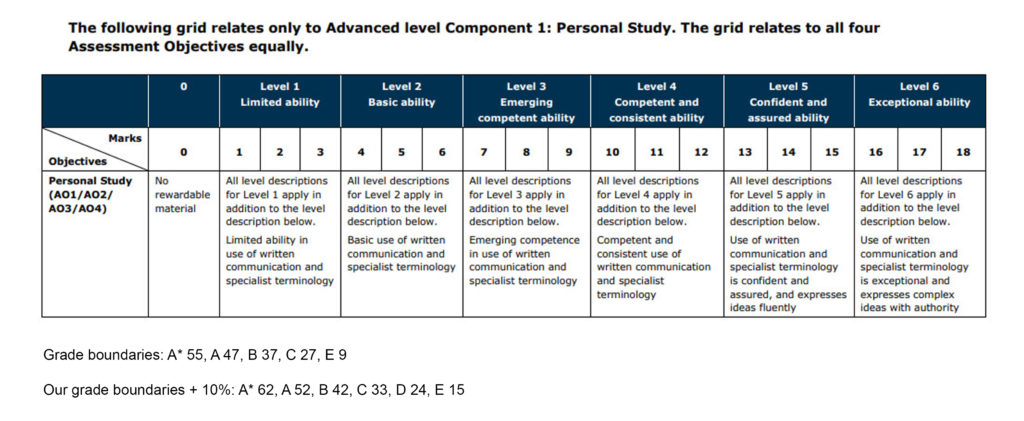THOSE WHO DREAM ONLY BY NIGHT by COLE COURVAL
Does the essay address it’s hypothesis?
The aim for the students essay was to take the stereotypical representation of hedonistic activities in nightlife and interpret it through his eyes, aiming to photograph quieter, more desolate areas of the island with a dream-like quality to describe blackouts experienced by alcoholics. He addresses the aim by making links to his artist references and comparing his images to his personal life.
Does it provide new knowledge and understanding?
The essay provides knowledge into the students personal life as throughout his essay he examines artists that photographs community and look deep into identity. He chose photographers Maciej Dakowicz, David Moore and Rut Blees, and each piece of their work he analyzes with detail, providing a better understanding for the reader. This helps provide knowledge as he compares experiences felt by his photographers with stereotypical nightlife in Jersey’s community.
Is the essay well structured with a sense of an introduction, paragraphs and a conclusion?
Throughout the essay there is a clear sense of structure. He begins with a foreword, giving insight into why he chose his title and theme. He starts his essay with the question ‘How do my chosen photographers record on to photographs their sense of community and identity?’ Straightaway he begins analyzing what community truly means to todays society, then begins his artist analysis, starting with Maciej Dakowicz and his book Cardiff After Dark. He explains why the piece stood out to him and what he likes about it, and repeats this with his other chosen artists, which makes his essay flow well. The essay finishes with a clear conclusion as he takes into consideration his own project and his influences.
Analysis of artist’s oeuvre (body of work) and key work(s).
He first analyzes Maciej Dakowicz’ book Cardiff After Dark, a project centered around a community in Cardiff and Dakowicz’ recording the consequences of a hedonistic life. He compares Dakowicz’ work to other photographers of a similar style.

His next chosen photographer is David Moore. The student speaks about his 1980’s project ‘Pictures from the Real World’ where Moore went around his hometown of Derby and photographed British citizens in their homes to show a united community through candid photographs that show the bleak society 80’s Britain was in whilst ruled by Thatcher. The student states his opinion on Moore’s work, and provides facts relating to his work that betters our knowledge and understanding.

His final photographer is London-based artist Rut Blees, who explores community within London, predominantly focusing on council houses and tower blocks. He discusses the societal impact Blees’ images have made, mentioning how the photo represents community in pop culture, used as an album cover for artist The Street’s’ 2002 debut Original Pirate Material. The student states Blees’ work influenced him the most as they have the same views on the idea of community and photograph similar areas.

Evidence of wider reading with reference to art history/ theory, political discourse and/or socio-economical context.
The student has shown they have thoroughly researched into his chosen artists and gives clear evidence by referring to political and impactful events in history that may have inspired his photographers work to provide the reader with better context. Whilst researching Moore’s photobook, he touches on the influence of Thatcherism on the British economy during the 80’s and the impact it had on working class British citizens. With Blees’ projects, the student focuses on researching into the history of tower blocks in the UK – “Tower blocks were built in the UK after the Second World War, in many cases tower blocks were seen as a ‘quick-fix’ to cure problems caused by crumbling and unsanitary 19th-century dwellings or to replace buildings destroyed by German aerial bombing’ I think by providing research at such extent helped push the student towards a higher mark.
EVALUATION

Overall i think the student excelled with his choice of artists and further research into them. He made good connections between his chosen photographers and his personal life, and shows his idea of community well, however he could have included more references in his Bibliography as i was unable to find many resources showing where he provided his facts. I would give him 14/18 as a final mark.
